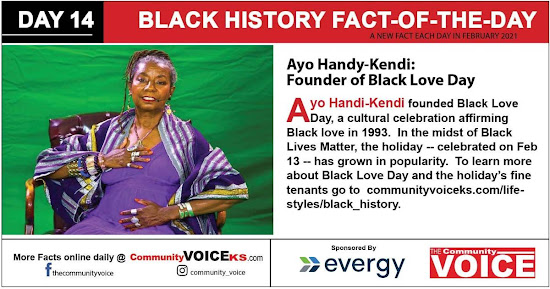February 27 to March 5, 2022
Peace Corps Week commemorates President John F. Kennedy’s establishment of the agency on March 1, 1961, and celebrates all the ways that Peace Corps makes a difference at home and abroad.
Celebrating Peace Corps Service
After more than six decades since its founding, the Peace Corps’ mission to promote world peace and friendship remains more relevant than ever. The Peace Corps, at its core, is about celebrating diversity around the world, building relationships and opportunities, and fostering equity and inclusion.
Since 1961, more than 240,000 Americans have served our country and the global community as Peace Corps Volunteers, living and working alongside local leaders to catalyze change. After Volunteers complete their service, they return to the United States with new sets of skills, deep knowledge of other cultures and global issues, and long-lasting relationships with people from their host countries.
Returned Peace Corps Volunteers (RPCVs) continue their service by promoting awareness of other cultures and global issues with friends, family, and the American public; maintaining relationships with colleagues and friends from the countries where they served; and sustaining their commitment to volunteerism and public service.
Resilience is a Journey
You can teach your children resilience. But just because your children learn resilience doesn’t mean they won’t have bad times. Bad times hurt, and your children will have times when they aren’t happy.
Resilience is a journey, and each child will take his or her own time along the way, just as each child learns to read and write in his or her own time. Your child may benefit from some of these resilience strategies, while other children may benefit from other strategies. The skills of resilience you teach your child in a time of war will be useful to him or her even after war, and they are good skills to have in daily life.
Communicate with Students. When children have questions, answer them honestly but simply and with reassurance. Ask them what they think is happening, and listen to their answers. Don’t discount their feelings—they may say they’re afraid, and you should be ready to tell them that fear is all right, but that they must go on with life anyway. Use black-and-white language that leaves no room for doubt, such as, “I will always take care of you.”
Tips for Ages 7–12
Wait and see. Unless they ask, you know they were exposed, or you think they know something, don't feel you have to discuss horrific news or explain heinous crimes such as rape, beheadings, dismemberment, and drug-fueled rampages (especially to kids in the younger end of this age range or who are sensitive). If kids show signs of distress by acting anxious, regressing, or exhibiting some other tip-off that something's amiss -- for example, they're reluctant to go to school after the latest school shooting -- approach them and invite them to talk.
Talk … and listen. Older kids hear about issues related to violence, crime, and war on social media, YouTube, TV, and movies -- not always reliable sources for facts. Try to get a sense of what your kids know before launching into an explanation, since you don't want to distress them further or open up a whole new can of worms. Feel them out by asking, "What did you hear?," "Where did you hear that?," "What do you know about it?," and "What do you think about it?"
Be honest and direct. Older kids can find out what they want to know from different sources, and you want the truth to come from you. It's not necessary to go into extreme detail. About a family who held their kids hostage, you can say, "The kids suffered many different kinds of abuse. But they were rescued, and their parents were arrested. Often in cases of child abuse, the parents are very sick with mental illness or other issues."
Discuss sensationalism in news and media. Talk to kids about how media outlets -- including news agencies, TV shows, movie companies, and game developers -- use extreme subjects to get attention, whether it's in the form of clicks, viewership, or ticket sales. Share the old newsroom adage, "If it bleeds, it leads," and talk about why we may be drawn to outrageous human behavior. This helps kids think critically about the relative importance of issues, the words and images used to attract an audience, and their own media choices.
Explain context and offer perspective. With your life experience, knowledge, and wisdom, you can explain the various circumstances around certain issues. This is the process that gives things meaning and clarity -- and it's important for kids to be able to make sense of negative and unpleasant things, too. To work through the powerful emotions that images of beatings, blood, and human suffering can bring up, kids have to learn to distance themselves from horrific events, understand the underlying causes, and perhaps get involved in meaningful ways to make things better, such as diplomacy and education.














